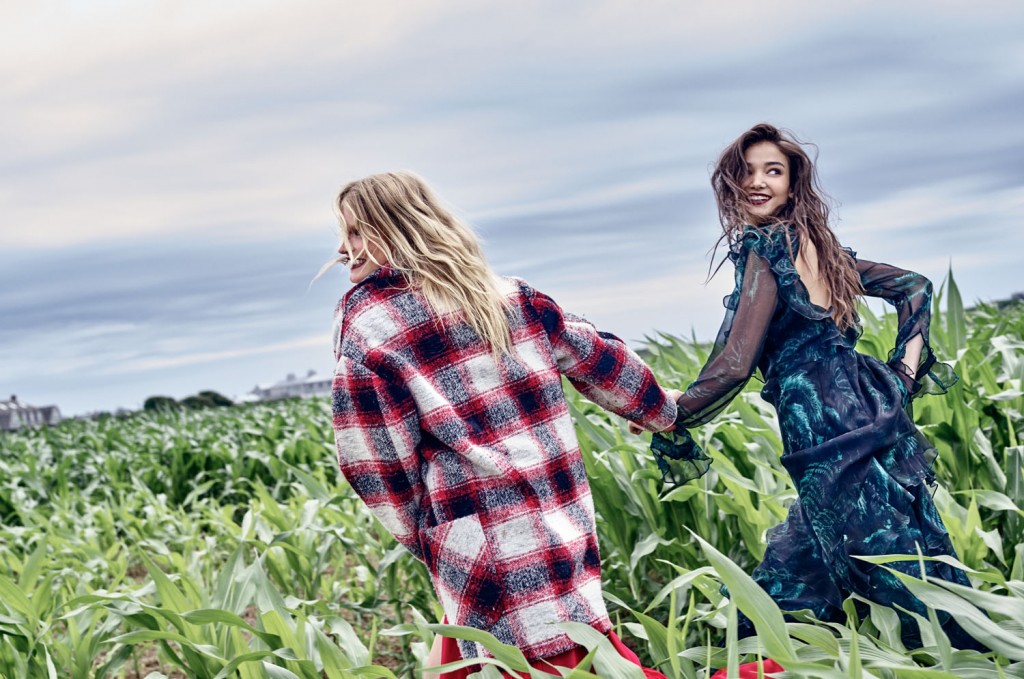
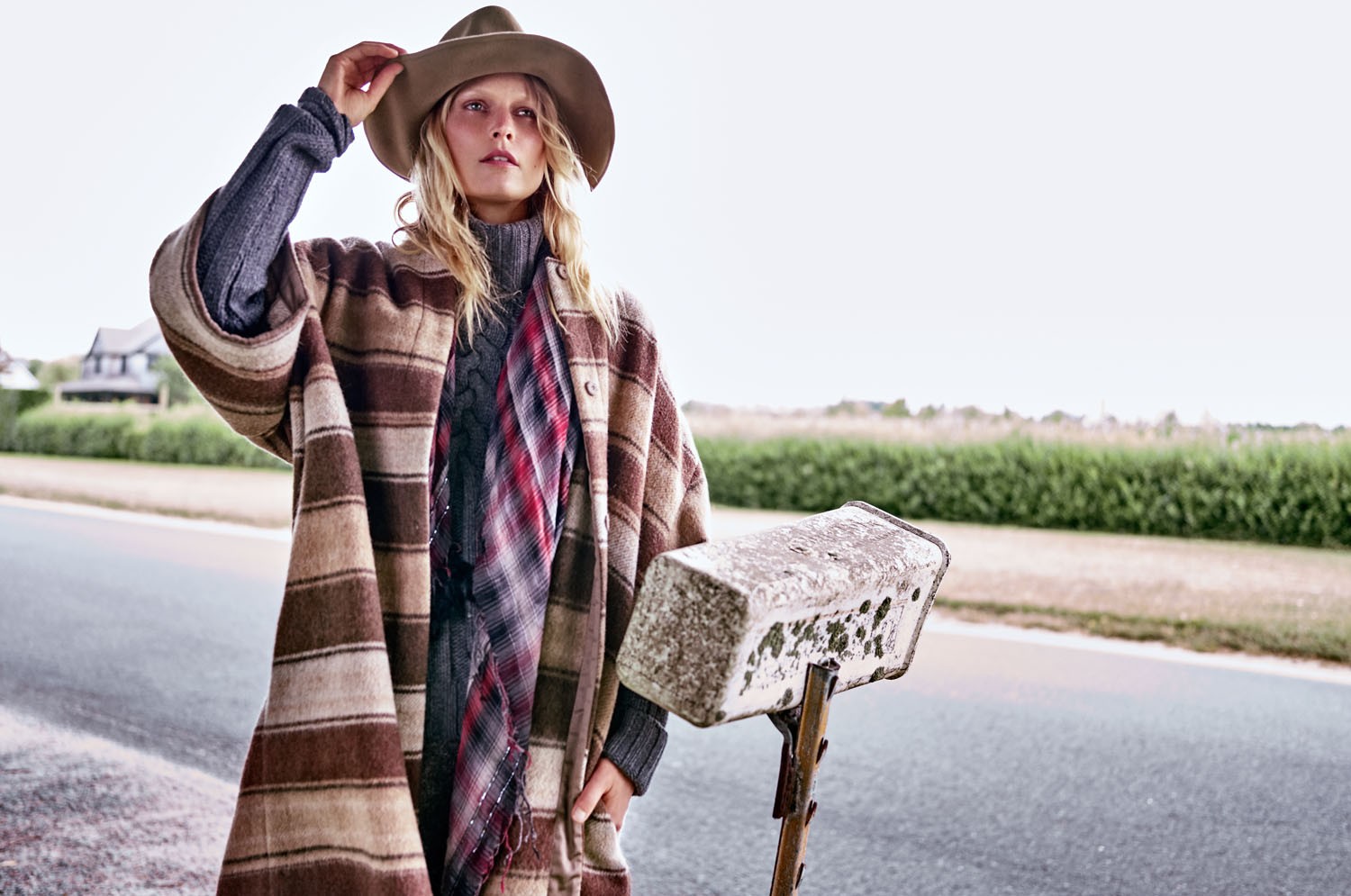
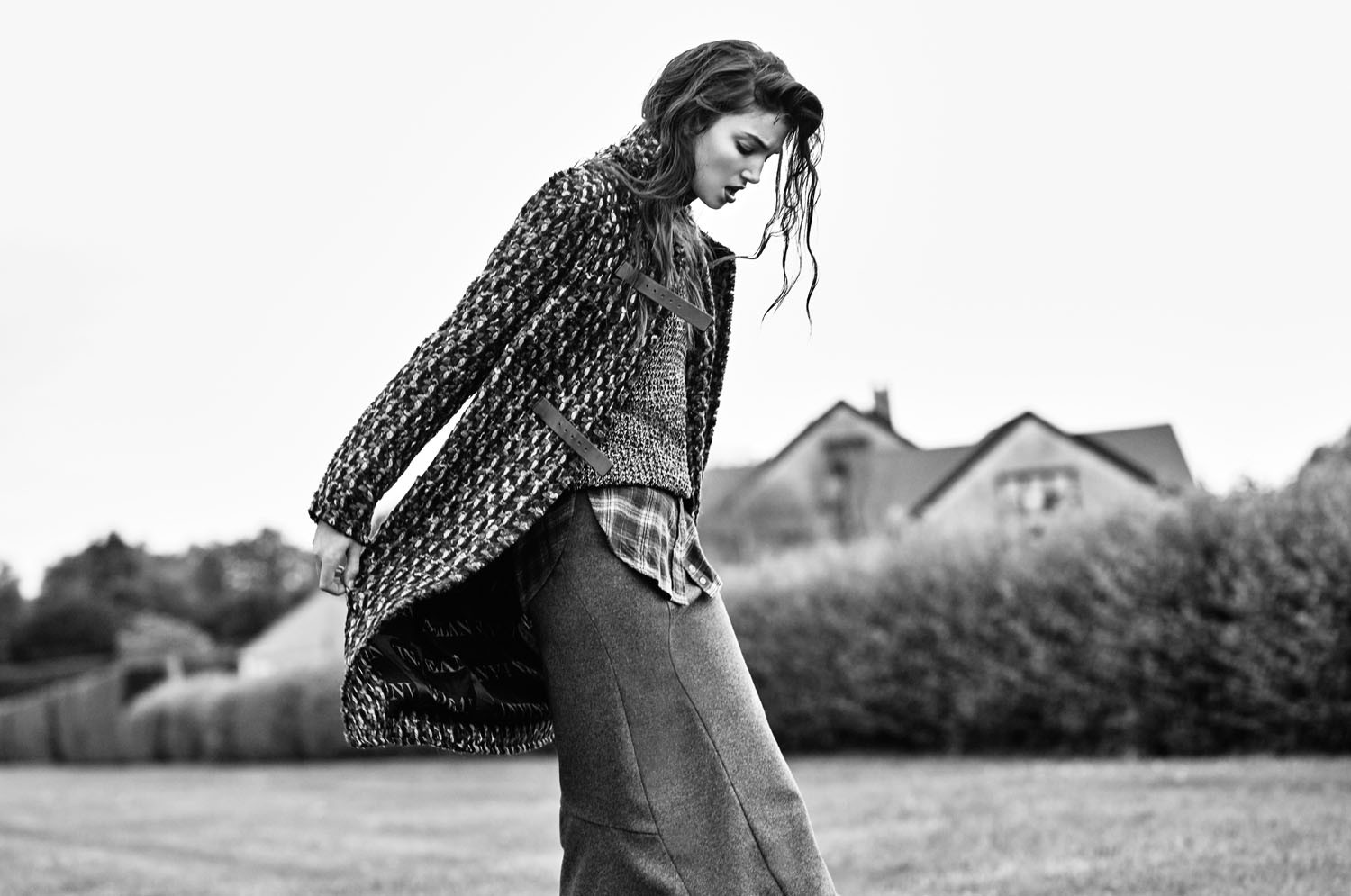
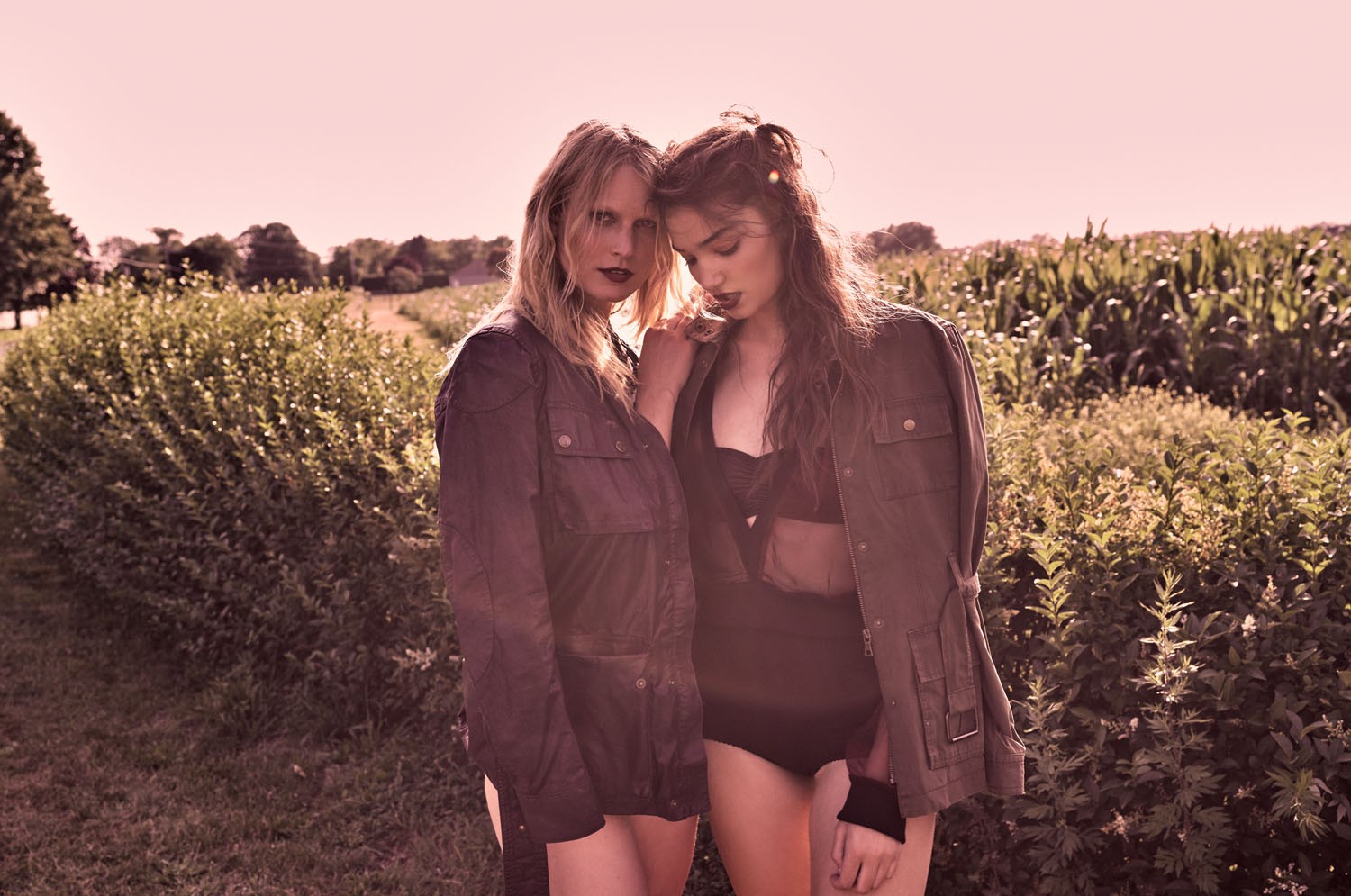
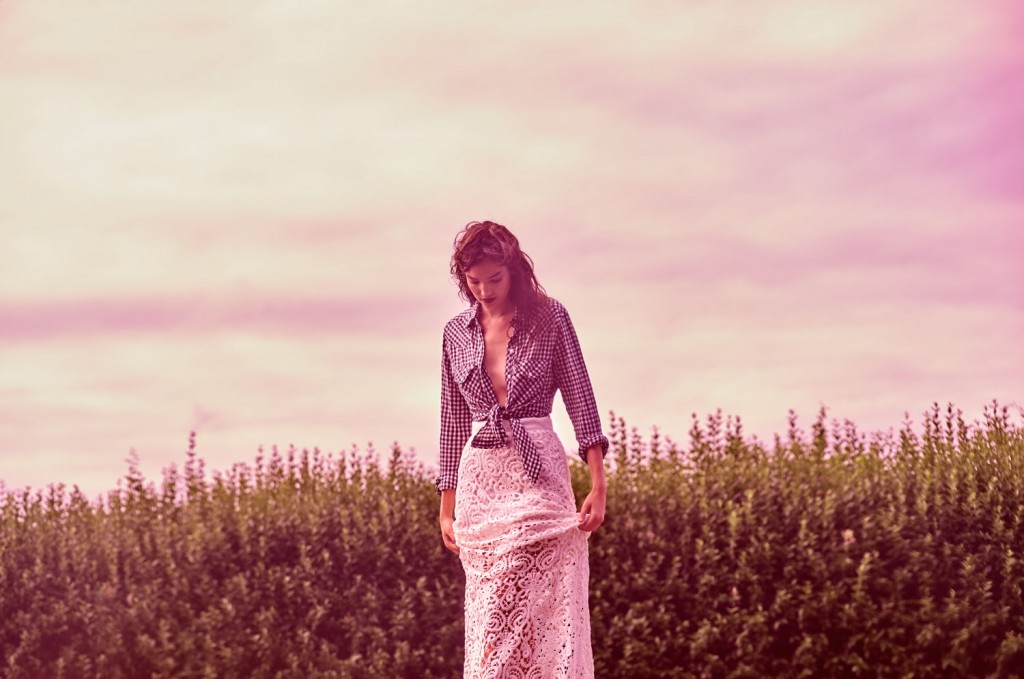
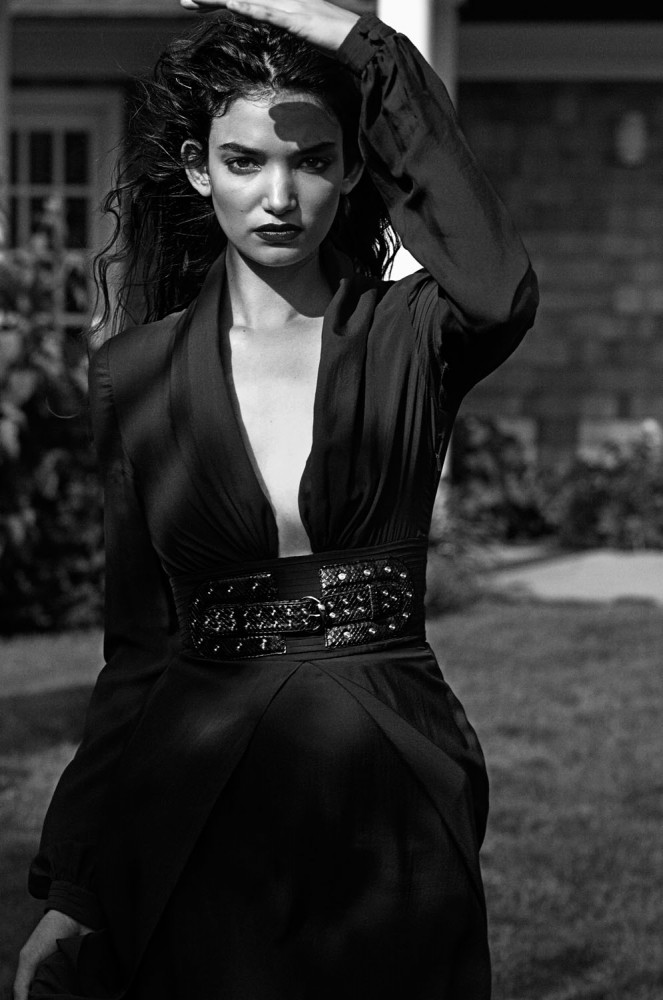
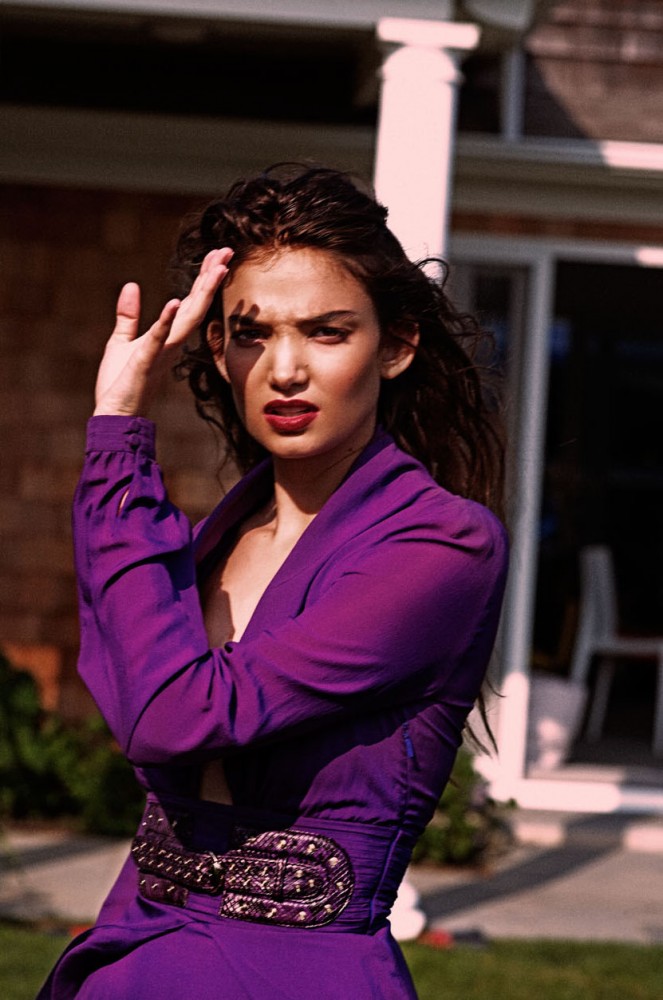
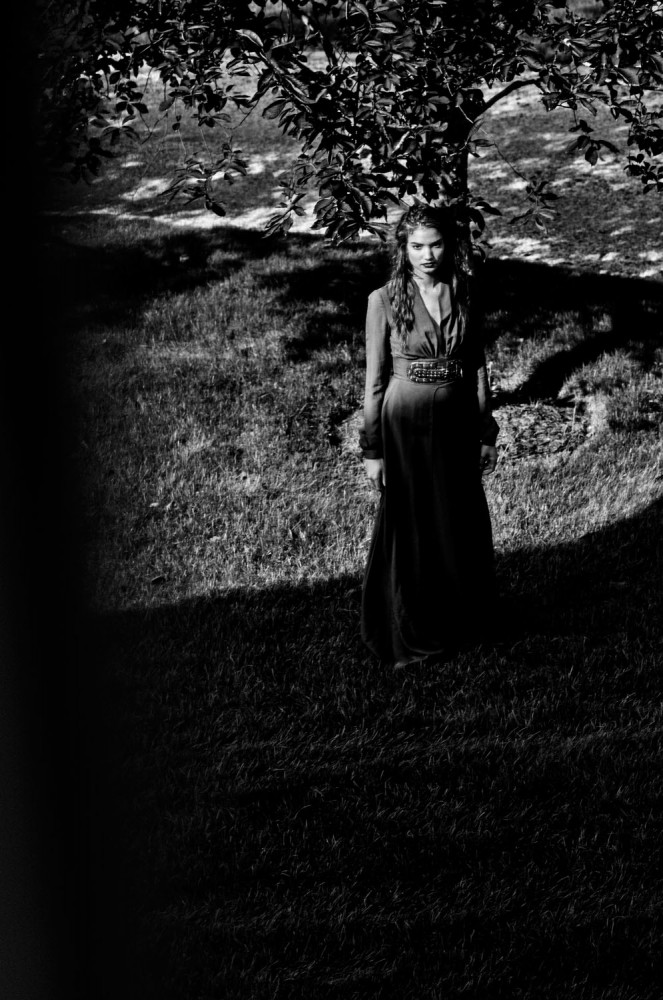
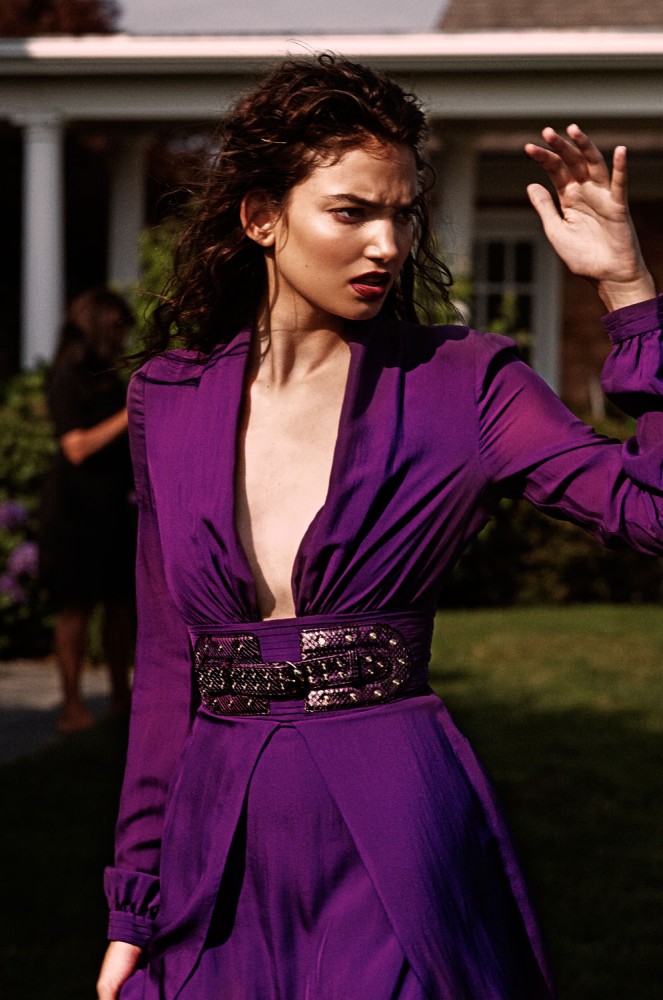
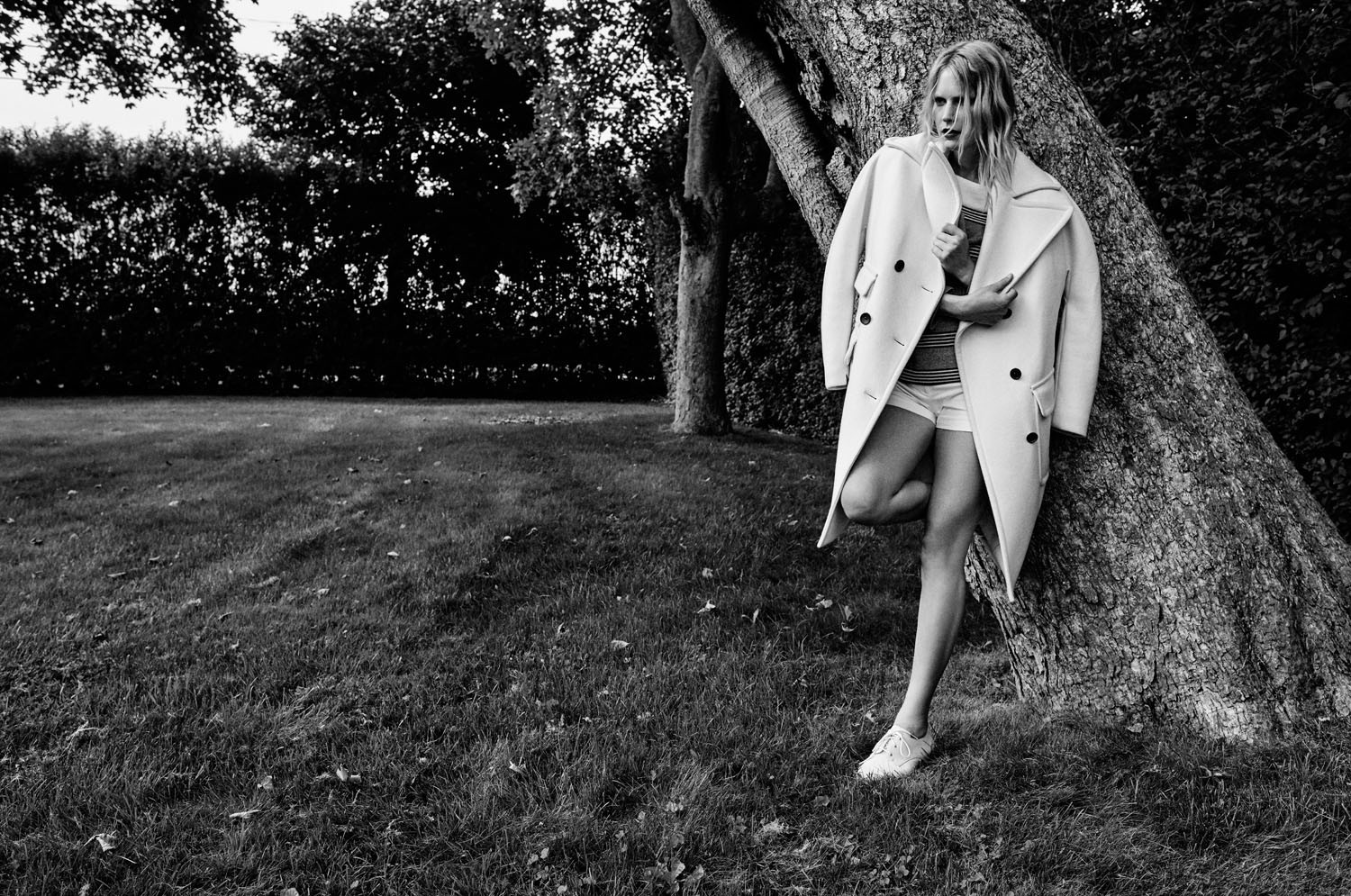
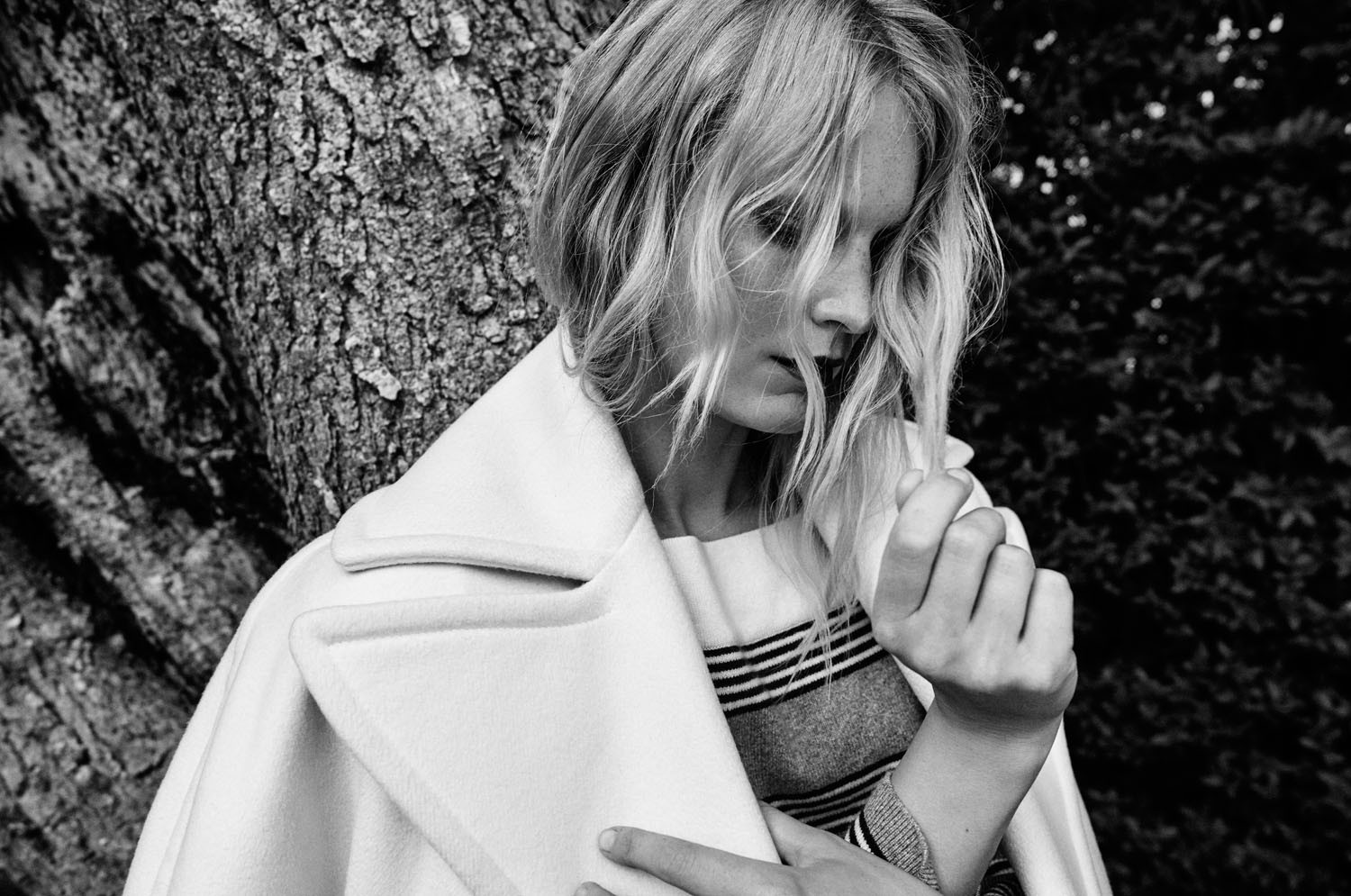
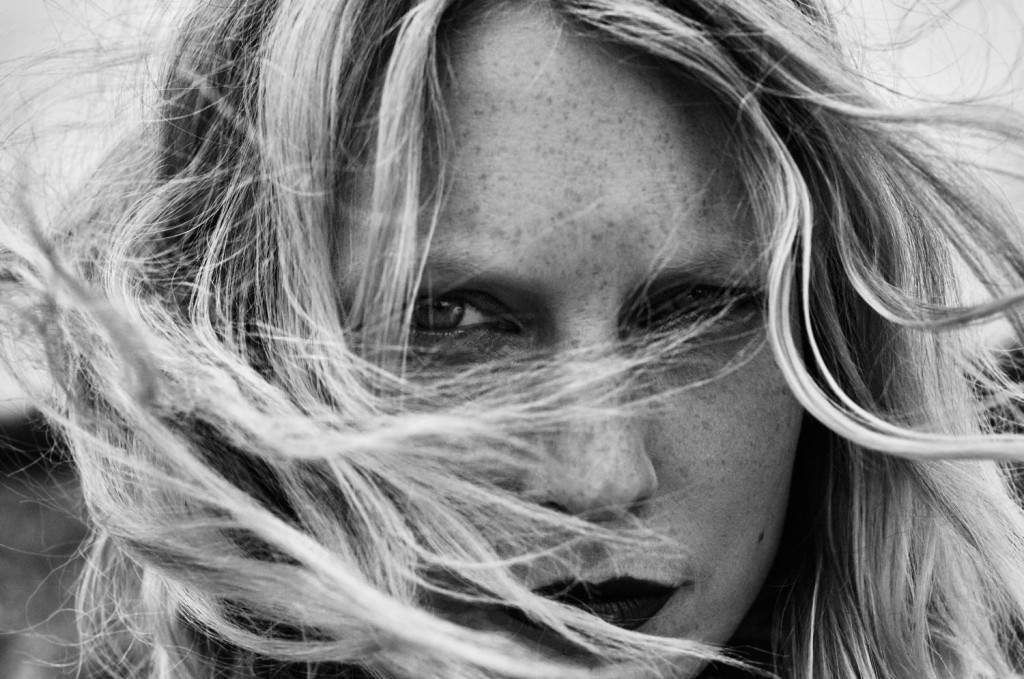
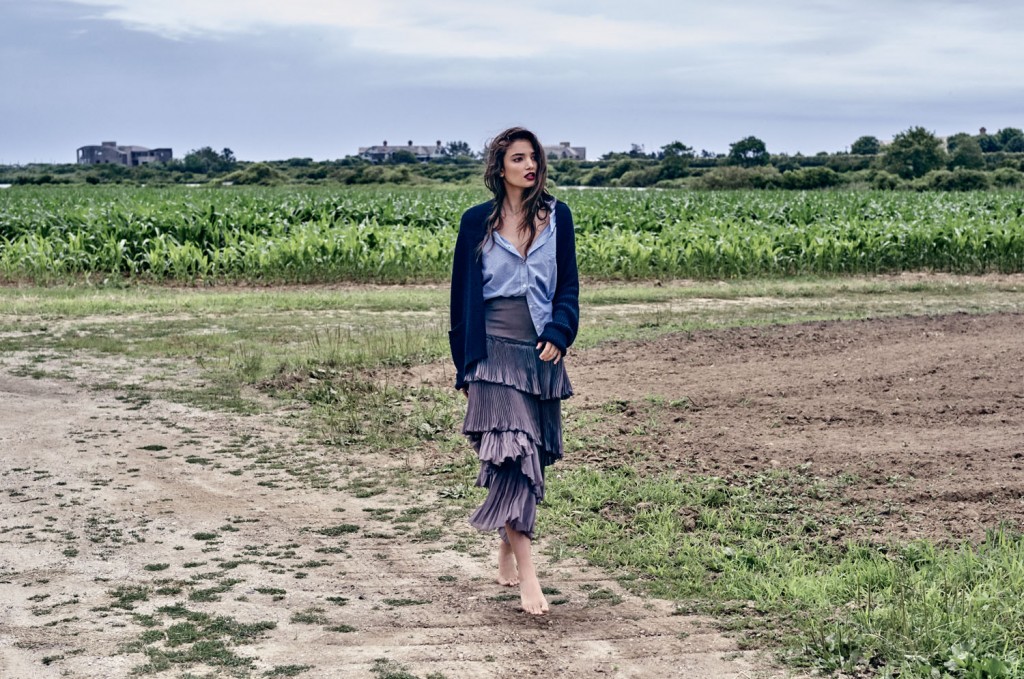
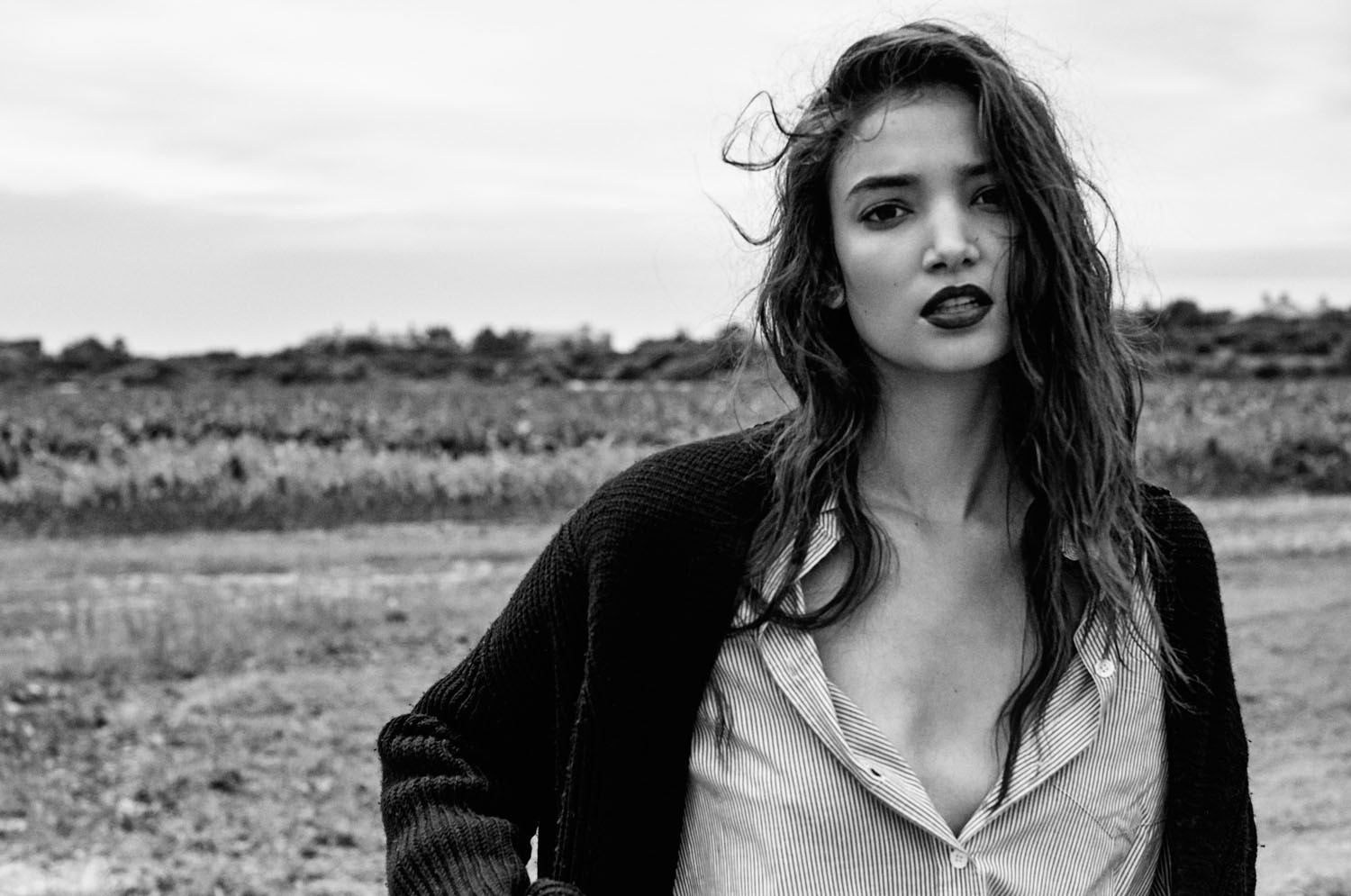
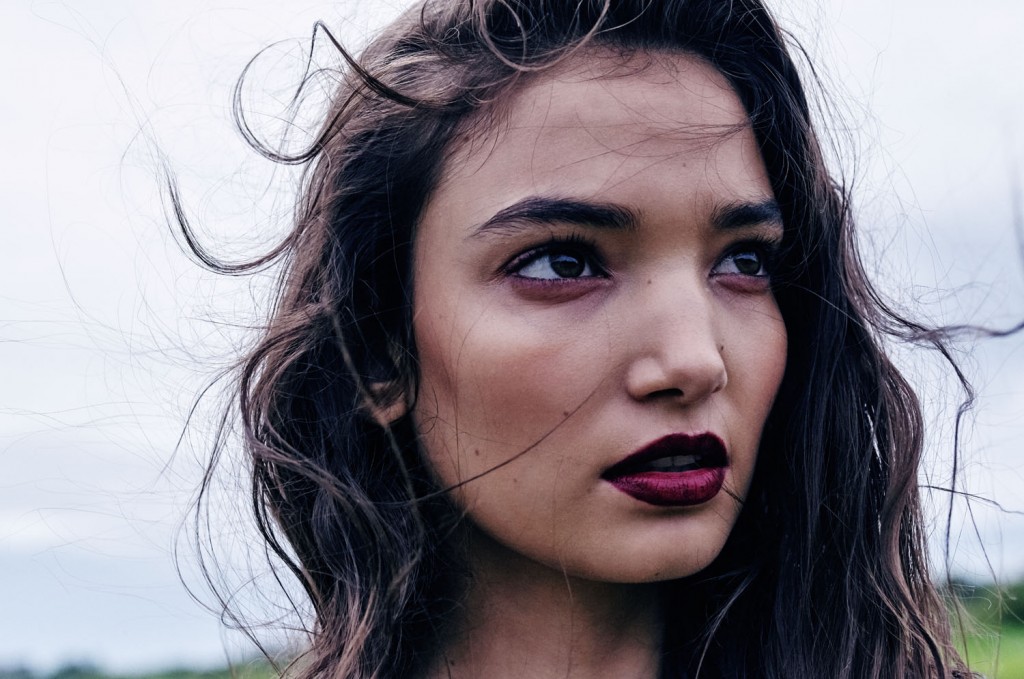
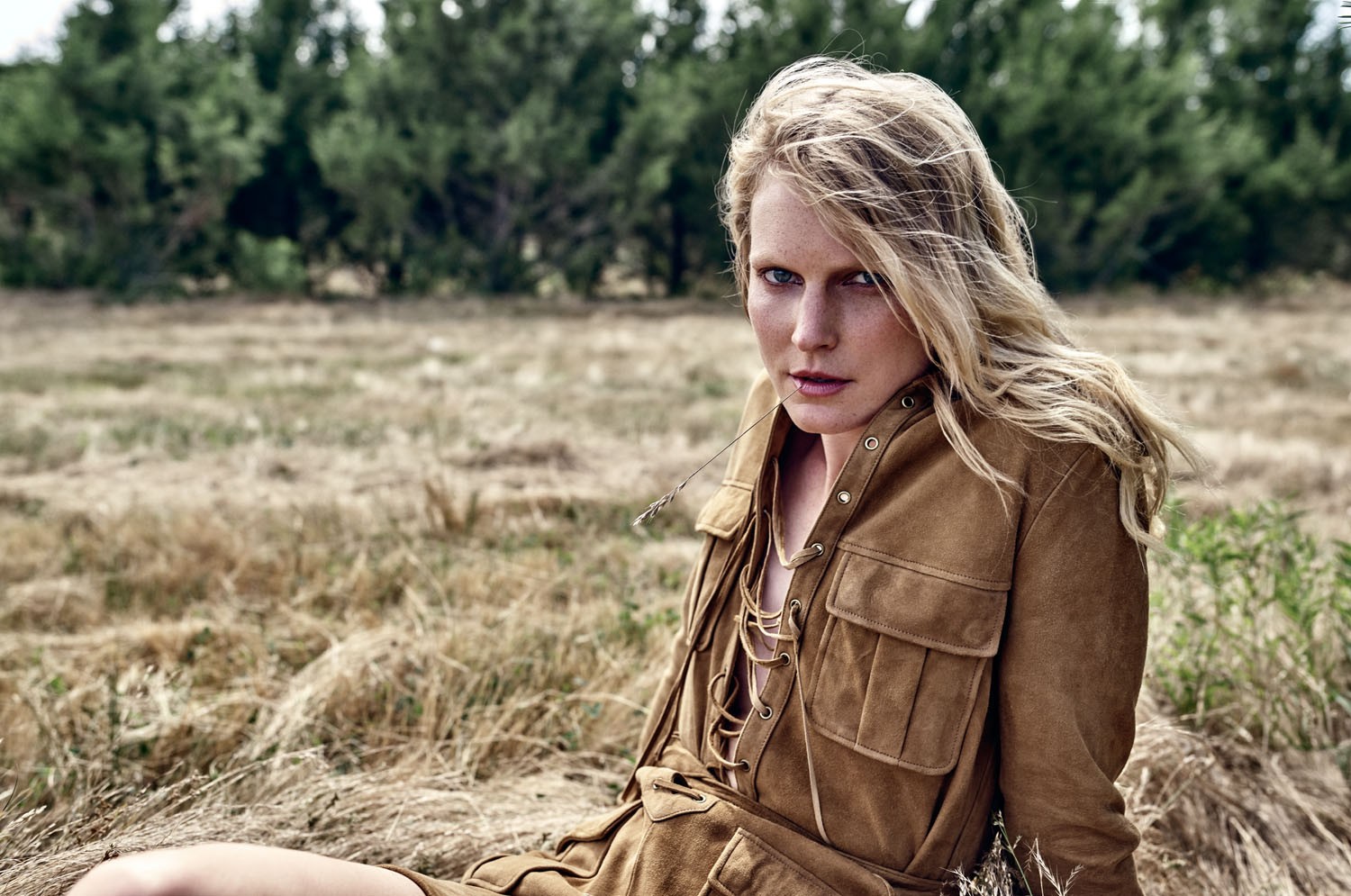
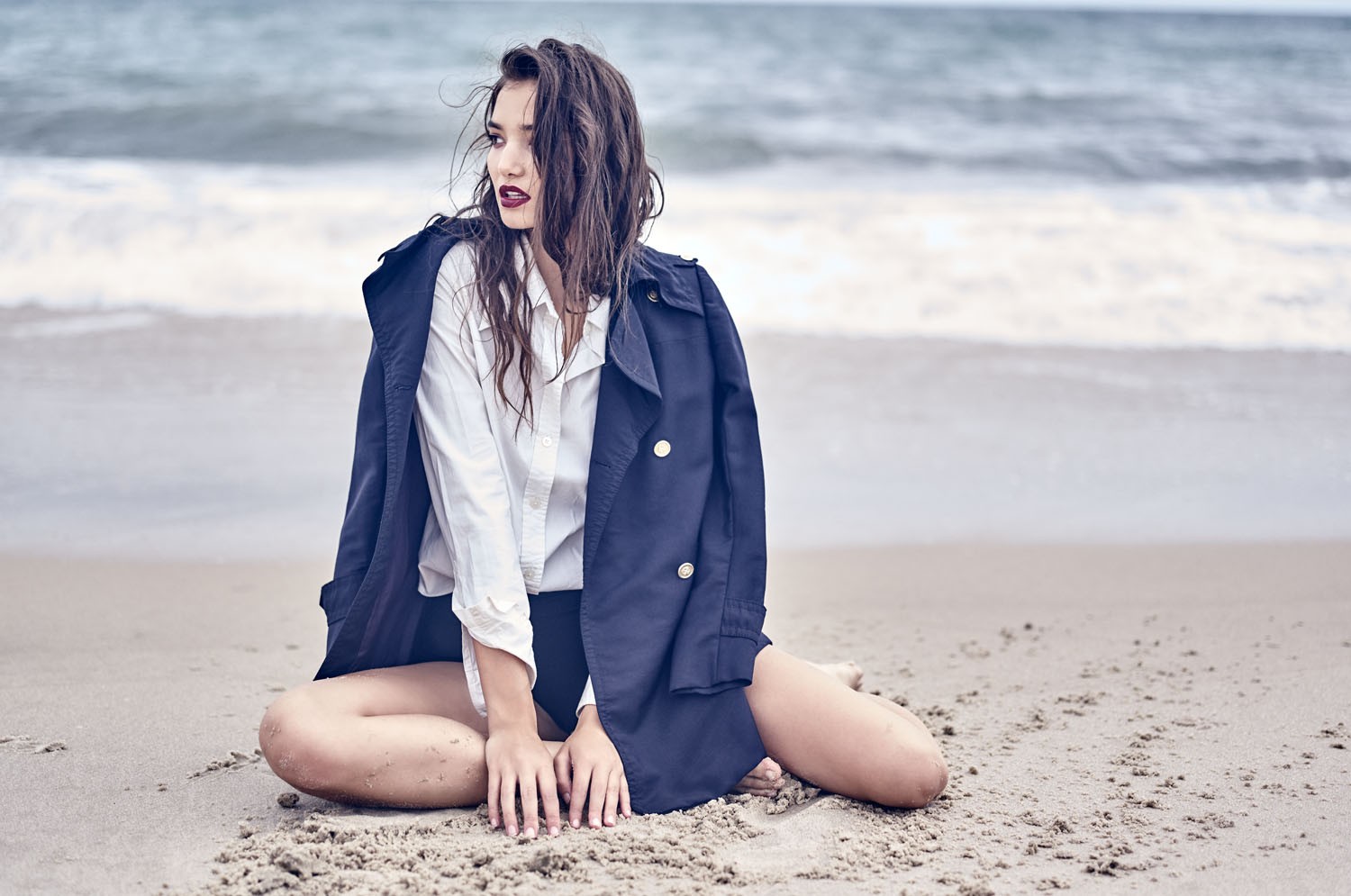
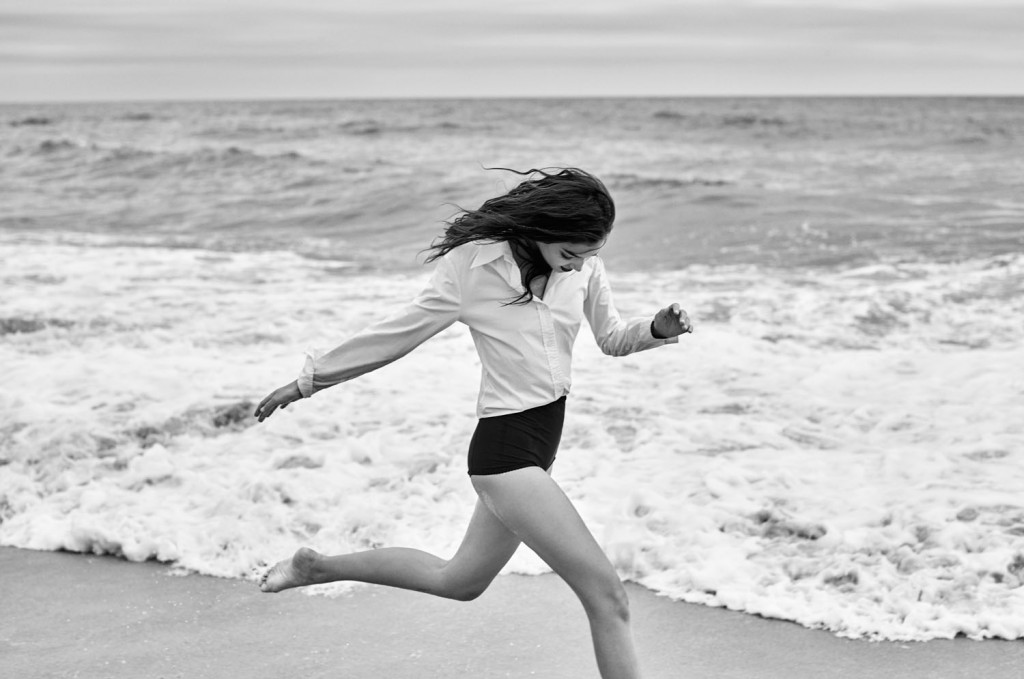




















INTERVIEW
Max Montgomery
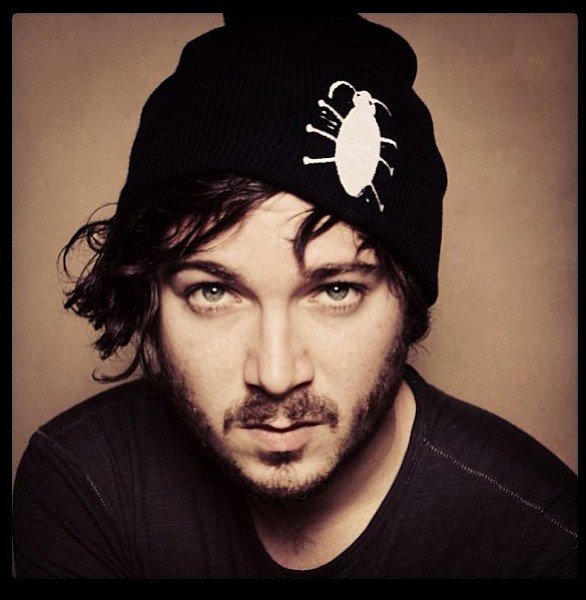
Photographer Max Montgomery Styling Irene Albright Hair Joey George @ The Wall Group Make-up Gianpaolo Ceciliato @ Jed Root Agency Models Hartje Andresen @ Trump Models, Emory Ault @ W360 Management Photo Assistant Evan Mann, Thomas Sweeney Production Roger Gibbs Videographer James Longmire Camera Leica S (Typ 007) with Summarit-S 35mm f/2.5 Asph. (CS), Elmar-S 45mm f/2.8 Asph. (CS), Summarit-S 70mm f/2.5 Asph. (CS), Apo-Macro-Summarit-S120mm f/2.5 Asph. (CS)
During a photo shoot with the new Leica S at the Hamptons, British fashion photographer Max Montgomery set the stage for contemporary Bohemian chic, using a diversity of photographic styles – from extreme, emotional close-ups to classic fashion photography.
S Magazine: You had the chance to try out one of the first Leica S (Typ 007) for the new online S Magazine. In 2012 you used the Leica S (Typ 006) for the series that was printed in the Youth Issue of the S Magazine. What's the difference between the two?
Max Montgomery: Yes. I’ve had one for a couple of years. Let me say, first off, that the Leica S (Typ 007) is the best camera I’ve ever used in my life. The old camera was amazing too, but the problem was that it was a little too slow. It was easy to miss some moments. You miss a lot with the old S. For static portraits it was fantastic, but it wasn’t quite fast enough for motion photography. I like to capture things in movement so that was really important for me.
How long have you been a professional photographer?
I started out as an assistant. I worked for Rankin as his first assistant. After that, I worked for an Italian photographer called Francesco Carrozzini. All that time I was shooting my own work on the side. I’ve been shooting for magazines for five or six years now.
So you created this portfolio test-driving the Leica S (Typ 007) for Leica in the East Hamptons on Long Island?
Yes, and it was great. The incredible thing about shooting for the S Magazine is the freedom I was given. When you're with a fashion editor, you have to shoot the clothes in a certain way. The Leica S Magazine basically just said, “do whatever you want, but shoot it with this camera.” As a photographer, it’s so exciting. It’s a dream job to be commissioned to do.
So it’s not really a cohesive portfolio of images but rather a collection of different styles, and some of them are rendered in black-and-white. What do you find compelling about black-and-white and why did you render them in this way?
We see everything in colour, so when you change an image from colour to black-and-white, it distances you from reality. That, to me, is fascinating. Instantly, it becomes a creation.
Which lenses did you use most on the Leica S to shoot these pictures?
For the S Magazine I used a 70mm, the 35, the 45, and the 120. My favourite is the 35mm. It’s a true 35. You can get really close to people and it’s just a really photographic lens. Even when you get really close there's simply no distortion. Especially for a digital camera, that’s incredibly rare.
There’s one picture that’s almost completely different from all the others. It’s rendered in black-and-white of a young woman who seems to have very made-up eyes and very blonde hair. It’s an extreme close-up. There is something challenging about this image. It’s almost disturbing. The lipstick comes out very dark. It has an introspective quality.
It comes down to emotion. I wanted her eyes to bleed emotion. I didn’t want it just to be a beauty shot: I wanted it to be human. It’s all done by the hair, the make-up, the expression. It leads, well, to the story. You’re not quite sure what’s going on: if they’re in trouble, if they’re happy … I like that.
There is picture where a lady is wearing a hat, holding her hand to its brim, as she stands near a mailbox by the side of the road. It has a rather seaside feel about it.
This one is probably the purest fashion-centric photograph: you can see the way the clothes lie, look at the direction, and she’s looking at the camera. It was an exploration of this beautiful part of Long Island. I really liked the colours of the clothes and thought they blended in beautifully with the background and the scenario around her – and her attitude has this sense of bohemian chic.
How do you see your photography evolving over the next few years?
When I think about the evolution of my photography, I want to have more time to myself to be able to do more research. I think that so much of photography is about research, studying, and having time to think. I’m hoping that over the next couple of years I’ll have more time to myself to think about the kind of images I want to create, and not have just one day for a shoot all in a rush, but to be able to take a week to produce a shoot. I think that preparation is everything and it shows. I want to have conceptually strong ideas.
How does Steven Meisel do thirty pages for Italian Vogue? It’s because he has a month to think about his ideas and the clothes. Why does Bruce Weber tell such provocative stories? It’s because he goes to his house in Florida for a week with his subjects and his dogs and they run around. They've all created their worlds and it’s about creating an identity. I’m hoping over the next couple of years that people will start to be able to look at a photo and say, “That’s a Max Montgomery.” I can look through the pages of Fashion Vogue, Italian Vogue, or French Vogue and tell you exactly who shot every single story, and I want people to be able to do that with my work.